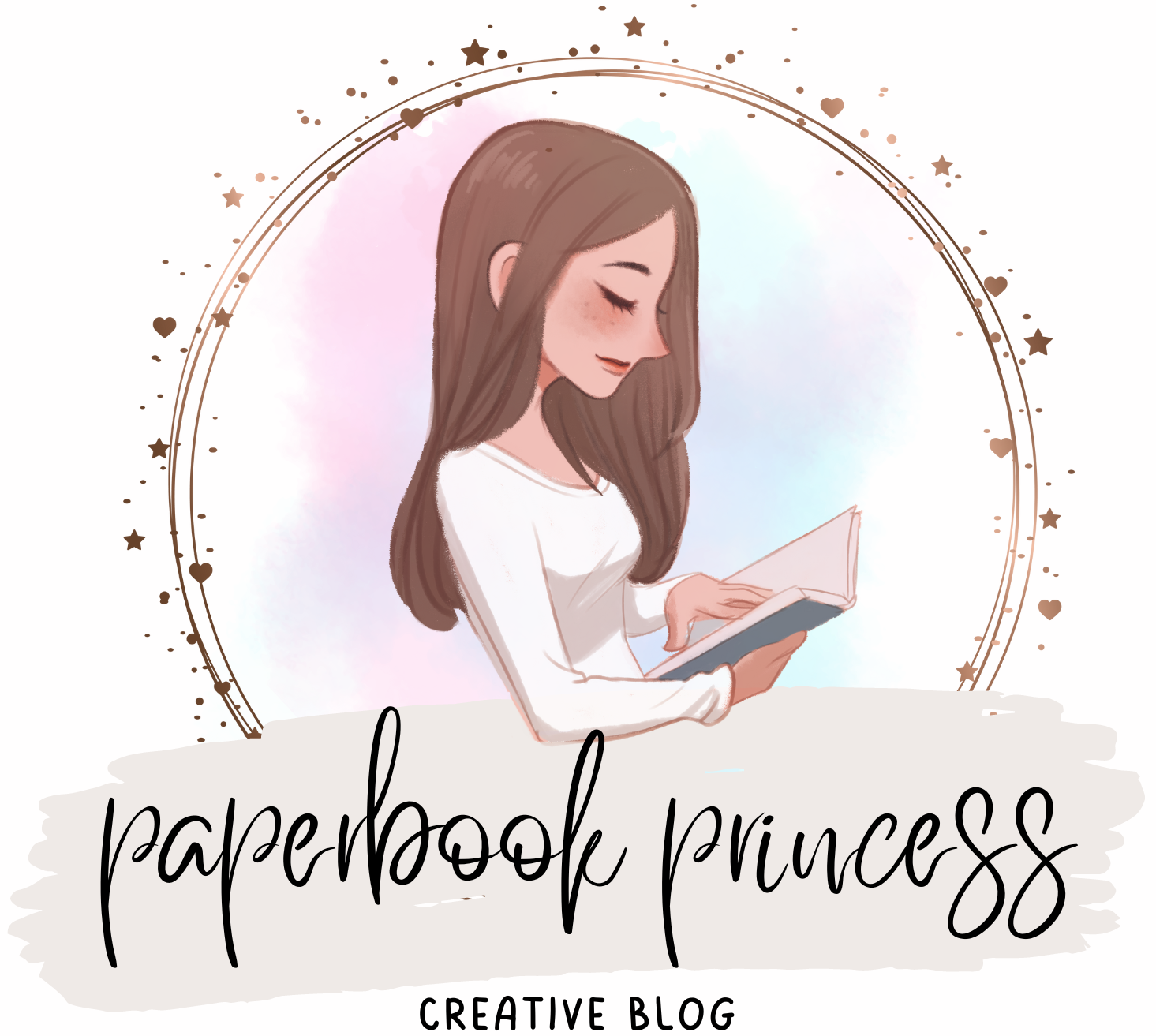
Storytelling: From Script to Screen – Mastering the Art of Visual Narratives
Storytelling has been a fundamental part of human culture, evolving from oral traditions to the complex narratives found in modern cinema. The transition from script to screen involves a delicate balance of vision, technique, and collaboration that transforms written words into visual experiences. Understanding this process reveals how directors, screenwriters, and actors work together to bring a story to life, shaping its emotional and visual impact.
In film production, every detail of the script serves as a blueprint for the final product. The interpretation of themes, character development, and dialogue can shift dramatically during filming, highlighting the importance of adaptability in the creative process. This dynamic journey from page to screen illustrates not just the storytelling craft, but also the collaborative nature of filmmaking.
As audiences engage with films, they often forget the intricate work behind them. By exploring the nuances of storytelling techniques and production elements, insights can be gained into what makes a film resonate. Understanding these facets enriches the viewer’s appreciation of the cinematic arts and brings awareness to the artistry involved.
The Art of Storytelling
Storytelling encompasses various methods to craft narratives that resonate with audiences. It involves traditional structures, character dynamics, and thematic depth to create compelling stories that engage viewers.
Traditional Story Structures
Traditional story structures provide a framework that guides the progression of a narrative. The most common format is the three-act structure, involving setup, confrontation, and resolution.
- Setup: Introduces characters, setting, and the primary conflict.
- Confrontation: Characters face challenges and obstacles, increasing tension.
- Resolution: Conflicts are resolved, and characters experience growth or change.
Other structures, like the Hero’s Journey, illustrate transformative arcs, showcasing quests that lead to personal enlightenment. These frameworks are essential in maintaining audience engagement.
Character Development and Arcs
Character development is crucial for a compelling narrative. Well-crafted characters evolve, reflecting their experiences and challenges throughout the story.
Character arcs can follow various trajectories, such as:
- Static: Characters who do not change
- Dynamic: Characters who undergo significant transformation
A strong character arc enhances emotional investment. Audiences connect with characters who grapple with internal or external conflicts. Supporting characters also serve as mirrors or foils, deepening the protagonist’s journey.
Themes and Motifs
Themes and motifs provide depth and resonance to a story. Themes represent the central ideas or messages, often reflecting cultural values or moral questions. Motifs are recurring symbols or concepts that reinforce these themes.
Examples include:
- Redemption: An exploration of forgiveness and second chances.
- Isolation: Reflecting human connection versus loneliness.
Incorporating these elements invites audiences to engage with the underlying messages. They also enrich the narrative, offering layers of meaning that encourage reflection beyond the plot.
Scriptwriting Techniques
Effective scriptwriting is essential for translating ideas into compelling screenplays. Key techniques focus on crafting unique concepts, writing impactful dialogue, and maintaining the right pacing and tension throughout the narrative.
Concept and Logline Creation
A strong concept serves as the foundation of any script. It should encapsulate the story’s essence in a few sentences.
The logline is a critical tool, offering a brief summary that includes the protagonist, their goal, and the central conflict. An effective logline piques interest and can guide the writing process.
To create a compelling logline, consider the following elements:
- Protagonist: Who is the main character?
- Goal: What does the protagonist want?
- Conflict: What obstacles do they face?
By honing in on these components, scriptwriters can construct a narrative that is both engaging and marketable.
Dialogue and Exposition
Dialogue must serve multiple purposes, including character development, plot advancement, and conveying necessary information. It should sound natural and reflect the character’s voice.
Exposition, or background information, should be woven seamlessly into dialogue, avoiding clunky explanations. Instead, use subtext and interactions to reveal key details about the story.
Key tips for effective dialogue:
- Keep it concise and impactful.
- Use distinct voices for different characters.
- Show, don’t tell; allow actions to convey emotions.
These techniques enhance the authenticity of the script and keep the audience engaged.
Pacing and Tension
Pacing controls the rhythm of the screenplay and can significantly affect its emotional impact. Writers should alternate between moments of high tension and quieter scenes for balance.
Tension is built through conflict, stakes, and character vulnerabilities. Effective pacing requires an understanding of when to ramp up suspense or allow for moments of reflection.
Some strategies to manage pacing include:
- Scene Length: Keep scenes focused to maintain momentum.
- Cliffhangers: End scenes with unresolved conflicts to retain viewer interest.
- Montages: Use to convey time passage effectively.
By mastering pacing and tension, writers ensure their narratives remain engaging throughout.
Pre-Production Essentials
Pre-production involves careful planning and organization that sets the foundation for a successful production. Key components include developing visuals, assembling the right talent, selecting locations, and managing the budget and timeline effectively.
Storyboarding
Storyboarding is the visual planning of a film’s shots. It utilizes a series of illustrations or images, arranged in sequence, to outline each scene. Each frame represents a significant moment, helping the team visualize action, camera angles, and transitions. Storyboards assist in communicating the director’s vision to the crew and cast.
They can vary in detail—from simple sketches to more intricate designs—but all serve to establish a visual narrative. Tools like software programs or hand-drawn images can be used, depending on the project’s needs.
Casting
Casting is a critical step that involves selecting actors who fit the characters. The right casting can significantly enhance the story’s authenticity and emotional impact.
Auditions typically include readings and improvised scenes to evaluate actors’ skills. This process may involve callbacks for further assessments and chemistry tests among actors.
Casting directors work closely with producers and directors to ensure selections align with the envisioned interpretation of the script. They must consider not only talent but also the actors’ availability and compatibility with the project’s schedule.
Location Scouting
Location scouting involves finding suitable places that enhance the film’s storytelling. Locations should reflect the story’s mood and fidelity.
Scouts assess both logistical aspects, such as accessibility and cost, and aesthetic elements. This includes assessing natural lighting, background noise, and available space for equipment.
It’s vital to obtain permissions and permits for location use well in advance. A detailed location report can help with discussions among team members about suitability and practicality.
Budgeting and Scheduling
Budgeting establishes the financial framework that dictates all aspects of production. It calculates costs associated with personnel, locations, equipment, and post-production elements. A well-structured budget allows for better resource allocation and helps avoid overspending. It often includes contingency funds for unexpected expenses.
Scheduling outlines the filming timeline, ensuring that all elements align for efficiency. This schedule encompasses pre-production tasks, shooting days, and post-production deadlines to maintain project momentum. Accurate scheduling is essential for keeping the production on track and meeting deadlines.
Bringing Scripts to Life on Screen
Translating a script into a compelling visual narrative involves careful direction, thoughtful camera work, and precise editing. Each element plays a crucial role in crafting the final product.
Directing Actors
Directing actors requires a clear vision of character motivations and relationships. A director communicates with actors to ensure their performances resonate with the script’s emotional undertones.
Rehearsals are essential for honing performances. They provide actors with the opportunity to explore their characters, while the director offers guidance and feedback. This collaborative process helps actors deliver authentic portrayals that enhance the narrative.
Moreover, directors must utilize techniques like blocking and staging. By determining where actors will move and interact, directors create dynamic scenes that capture audience attention.
Camera Work and Cinematography
Cinematography is vital for establishing mood and tone. The choice of camera angles and shot types can significantly impact how the story is perceived. Directors of photography (DPs) collaborate with directors to select the right equipment and techniques.
Choosing between wide shots, close-ups, or medium shots affects emotional engagement. A close-up can intensify a character’s emotional state, while a wide shot can provide context to the setting. Light and shadow also shape visuals, enhancing the scene’s depth and atmosphere.
Framing and composition guide the audience’s focus. A well-composed shot draws viewers into the narrative, making them active participants in the story.
Editing and Post-Production
Editing is where the narrative truly takes shape. An editor assembles the footage, selecting the best takes to create a seamless story flow. The pacing of cuts can heighten tension, allowing audiences to experience the story rhythmically.
Sound editing and score selection are critical components. Soundtracks enhance emotional impact and can signify transitions. Ambient sounds help in immersing the audience in the film’s world.
Visual effects may also be added during post-production. These elements can augment storytelling, creating fantastical worlds or enhancing action sequences. Each decision made during editing impacts narrative clarity and emotional resonance.





